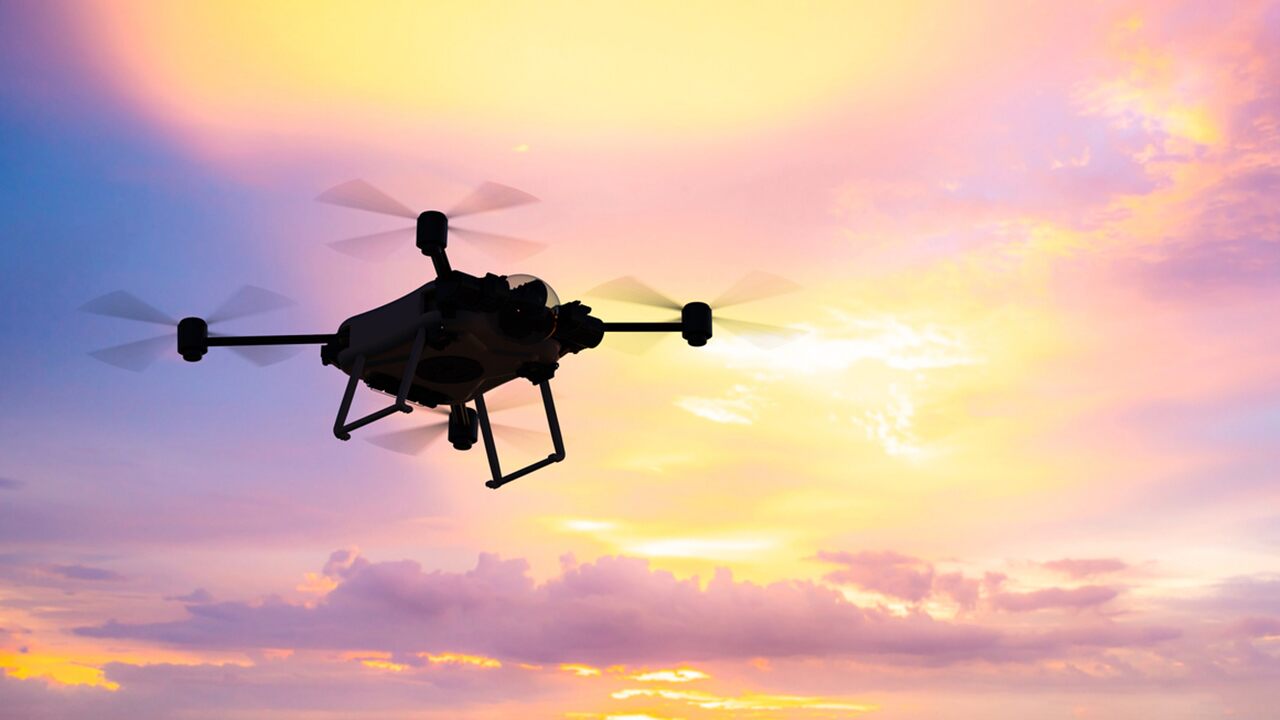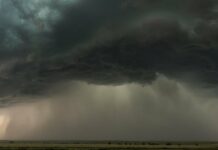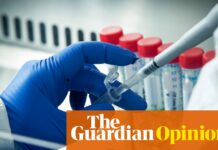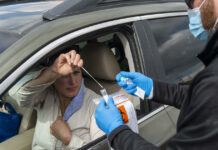Get all the latest news on coronavirus and more delivered daily to your inbox. Sign up here.
Police in Westport, Conn., said they will be testing a “pandemic drone” that can scan the body temperatures of residents to determine if they have fevers or other health symptoms in an effort to combat the coronavirus.
Aerospace company Draganfly announced in a news release the drones will be equipped with a specialized sensor and computer vision systems that can display heart and respiratory rates. They can also detect people coughing in crowds, police said.
“One of the major problems for cities and towns like Westport in managing and responding to a pandemic like the COVID-19 virus, is finding out who could be infected and how widespread the disease has spread,” said Westport First Selectman, Jim Marpe. “One way to do this is to look for underlying symptoms.”
NY, NJ, CONNECTICUT ANNOUNCE REOPENING OF MARINAS AMID CORONAVIRUS SHUTDOWNS
Westport is located in Fairfield County, which is considered the epicenter for the virus outbreak in Connecticut. It’s the state’s closest county to New York City and has almost half of Connecticut’s 20,360 confirmed cases, according to data from Johns Hopkins.
Police said the goal of the program is to provide better health monitoring support for potential at-risk groups, including the elderly or those with preexisting health conditions.
Police also plan to monitor how residents are social distancing in public areas where groups may be congregating, including beaches, train stations, parks, and shopping centers. The technology can detect certain infectious conditions from 190-feet away, the release added.
GOV. NED LAMONT: CONNECTICUT WILL WORK TO REOPEN WITH EAST COAST COUNTERPARTS, HELP OF FEDERAL GOVERNMENT
Police in Westport Conn., will be testing a “pandemic drone” that can scan the body temperatures of residents to determine if they have fevers or other health symptoms in an effort to fight against the coronavirus, according to a report on Tuesday.
(iStock)
“The Westport Police Department along with first responders around the world are looking for effective ways to ease the spread of COVID-19 and keep their communities safe,” said Westport Chief of Police, Foti Koskinas.
“This technology not only enhances the safety of our officers and the public, but the concept of using drones remains a go-to technology for reaching the most remote areas with little to no manpower needed.”
The drone technology is being tested by the Westport Police Department as a part of their “Flatten the Curve Pilot Program.”
CLICK HERE FOR MORE CORONAVIRUS COVERAGE
Due to potential privacy concerns, police said the drone won’t go into individual private yards and it doesn’t employ facial recognition technology.






